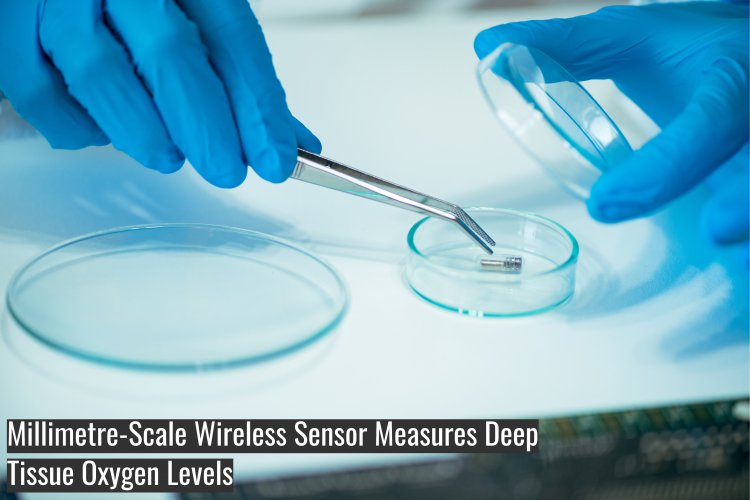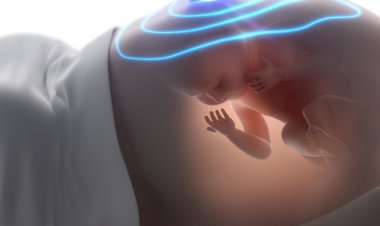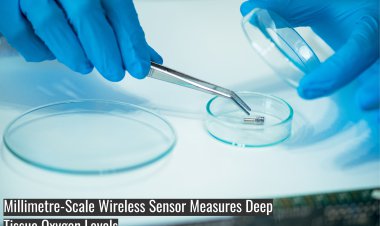Millimetre-Scale Wireless Sensor Measures Deep Tissue Oxygen Levels

Researchers at the University of California, Berkeley have developed a macro ultrasound-powered implantable sensor that can measure oxygen levels in deep tissues within the body and transmit these data to an external device. This invention could help monitor transplant viability or oxygen exposure in preterm infants. It can also be tweaked to be adapted to measure other biochemical markers, such as carbon dioxide concentrations or pH levels.
Oxygen is what sustains cell growth & its life-term and poor oxygenation will lead to cell death. This process forms the basis for various pathological phenomena, but clinicians struggle to measure tissue oxygenation, at least in tissues that aren’t near the surface of the body. Presently, tissue oxygenation is assessed involving methods using infrared light, but this can only penetrate a few centimeters at most.
“It is very difficult to measure things deep inside the body,” said Michel Maharbiz, a researcher involved in the study. “The device demonstrates how, using ultrasound technology coupled with very clever integrated circuit design, you can create sophisticated implants that go very deep into tissue to take data from organs.”
The ultrasonic wave-powered new implants are capable of traveling long distances through the body. An external probe transmits ultrasonic vibrations through the body, which inturn, powers the tiny device implanted inside. The acquired data is then transmitted back by reflecting these ultrasonic waves while packaging them in data packets on tissue oxygenation levels. This technique will allow for bidirectional data exchange with devices deep inside the body.
With the help of an on-board LED and optical detector, which would be placed within the implant, the oxygen sensing will occur then & there. Researchers describe the device itself as smaller than a ladybug. So far, they have tested the device by monitoring the oxygen levels in muscle in live sheep.
“One potential application of this device is to monitor organ transplants, because in the months after organ transplantation, vascular complications can occur, and these complications may lead to graft dysfunction,” said Soner Sönmezoğlu, another researcher involved in the project. “It could be used to measure tumor hypoxia, as well, which can help doctors guide cancer radiation therapy.”
An important potential application of the new technology involves using it to help manage oxygen levels in premature infants. “In premature infants, for example, we frequently need to give supplemental oxygen but don’t have a reliable tissue readout of oxygen concentration,” said Emin Maltepe, a third researcher involved in the project. “Further miniaturized versions of this device could help us better manage oxygen exposure in our preterm infants in the intensive care nursery setting and help minimize some of the negative consequences of excessive oxygen exposure, such as retinopathy of prematurity or chronic lung disease.”


 Admin
Admin 
























